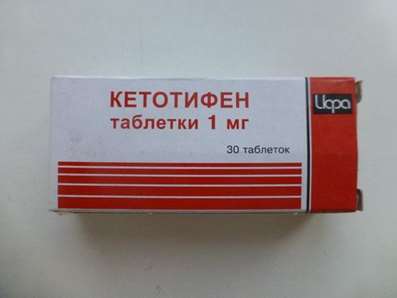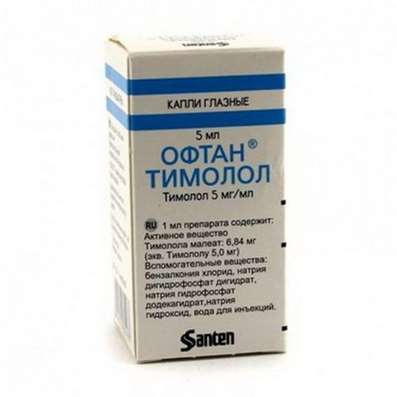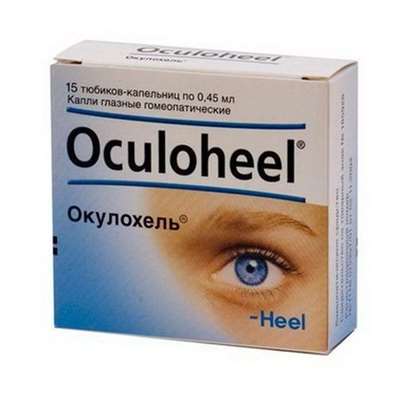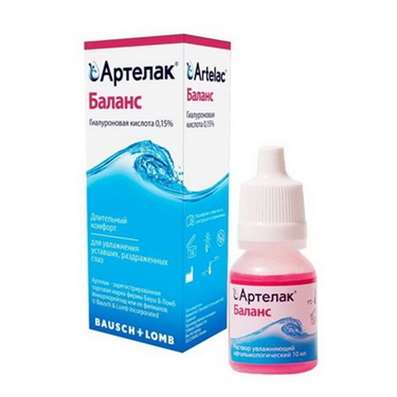Proteinaceous receptors
30 Nov 2016
Though change of primary structure of proteins can be caused by chemicals which cause a rupture of peptide communications or replace one amino acid on another, the explanation of reversibility of effect of pharmacological medicines is improbable. Very many examples of the fact that the squirrel leads interaction of medicinal substances with the amino-acid remains in a molecule to shifts of secondary and tertiary structures, but not primary are known.
The amino-acid remains, as we know, support polar and apolyarny groups which determine education polar or the apolyarnykh of communications between them and pharmacological medicines in a proteinaceous molecule receptor.
Polar groups (-HE SH, COO- NH3, =0) provide formation mainly of ionic and hydrogen communications.
Apolyarny groups (hydrogen, metilny, cyclic radicals, etc.) form hydrophobic communications with low-molecular pharmacological agents.
Conformations of macromolecules are stabilized often and disulfide communications which can also be the place of "attack" of pharmacological medicines with formation of complexes. As conformational transitions of proteins have essential value in interaction with medicines, probably, expediently to discuss a role of disulfide communication in this process.
As disulfide communication stabilizes proteinaceous structure and with respect thereto is responsible for physical and biological properties of proteins, influence on it of some pharmacological medicines can cause multiple changes both in structure, and as proteins receptors. In biochemistry various reagents on sulfhydryl groups which with success are applied to a research of features of their localization and a structure of proteins are known for a long time. P-hlormerkuriybensoat, monoiodacetate, mercaptoethanol concern to them, ditiotrietol, etc. Besides, in pharmacology the medicines influencing sulfhydryl groups and communications which possess various range of biological effect are used. The most essential of them are mercury and arsenic - the containing agents.
Disulfide communications can be located as inter molecular, and to connect cross communications various molecules, forming intermolecular stitching which determine conformational features of molecules of proteins.
More detailed information on localization of disulfide communication, conformation of molecules and its influence on tertiary structure was received from the X-ray diffraction analysis. This method was applied to the analysis of some crystal proteins containing disulfide communications such as lisot, and - chymotrypsin and ribonukleaz. Disulfide communication is easily determined in X-ray diffraction pictures of proteins because of its durability and a complex formation with ions of heavy metals.
Disulfide communication as it became known in recent years, contains in N-holinoretseptorakh at some distance from anion point and is absent in M-holinoretseptorakh. After restoration disulfide communication reacts with reagents to sulfhydryl groups which have a certain affinity with a holinoretseptor by means of trimetilammoniyev group. These reagents, marked on tritium, the Ķ3-4-(N-maleimido) type - and-benziltrimetilammonia, can specifically contact SH groups of the restored receptors while nonspecific binding is caused by surplus of sulfhydryl groups of biological membranes. Allocation of proteinaceous receptors after ingibition of nonspecific SH-group and an electrophoresis in poliakrilamidny gel has allowed to find a zone with a high-level radioactivity which molecular weight corresponded to 42 Ltd companies.
Studying of holinoretseptor by method of chemical modification has allowed to make the conclusion that anion point as M - and N-holinoretseptorov is submitted by carboxyl or phosphatic group while disulfide communication N-holinoretseptora is located at distance 12 A from anion point.
From the point of view of the analysis of proteinaceous receptors for pharmacological medicines also the fact that disulfide communication can exchange and move in various directions is very interesting. It occurs in the elementary case at some physical and chemical impacts. In particular, at aggregation of an ovalbumin or bull albumine the shift from intra-to inter molecul disulfide communications is observed. Disulfide exchange takes place and when mixing solutions and their translation to less related systems. This process is influenced definitely by the oxidizing and reducing agents. One of the Best drug is Pinealon.
Sulfhydryl groups and disulfide communications take part in transport of gidridny ion of N - from the restored agent containing SH group to the oxidizing, having S S-group. I. Klotts in 1958 has suggested that molecules of water form as if the bridge between - SH and - S S-groups. If the gidridny ion passes from sulfhydryl group to a water molecule, then she will be able to form disulfide communication as at the remained sulfur won't get two electrons. Thus, the gidridny ion can migrate on the chain consisting of water molecules on considerable distances between molecules of oxidation-reduction reactions. It is established that hydrogen ions move ahead in the structured water much quicker, than in liquid. This mobility is caused by transfer of hydrogen from one molecule of water to another, therefore, the speed of full transfer depends both on the extent of system of hydrogen communications, and on transition of an ion of hydrogen from one atom of oxygen to another.
Disulfide communication can matter at various physical and chemical interactions that should be considered at assessment of influence of pharmacological medicines on this reactionary group.
Types of proteinaceous receptors
- Several options of receptor educations for pharmacological active agents in an organism differ. These options can be classified as follows.
- The receptor area is created by a stereospecific arrangement of the amino-acid remains of one molecule. These monomolecular proteinaceous receptors are stationary and are in the form ready to connection with a molecule of pharmacological medicine.
- The receptor area can correspond to several molecules.
- The receptor area can be created by side groups of amino acids of proteins next each other. Then she is designated as an intermolecular receptor. Pharmacological medicine with complementary structure to the receptor field could break intermolecular relationship or separate functional chains (for example, mercuriysulfonat can be between two molecules of a myoglobin in a spherical position).
It is known that optimum relationship of pharmacological medicine and a receptor assume a structural complementarity between them. At the first approach of consideration of a condition of proteinaceous receptor we can accept conformational constancy of a macromolecule. However enough data which allow to draw a conclusion have already collected that exogenous and endogenous biological substances can change conformation of macromolecules (in the elementary case change of conformation of macromolecules can be at change šĶ, temperature and other parameters).
It is established that the initial stage the adrenergichesc of reactions are conformational changes of adrenoceptors.
Scenes of the attack pharmacological medicine of disulfide communication
Changes of conformation of a macromolecule of a receptor and the related changes of the receptor field (or receptor area) designate as allosterichesk effect. This effect, finally, can be the cause of activation or ingibition of enzymatic activity therefore the pharmacological medicines interacting with receptor molecules, changing conformation of enzyme and influencing his biological activity are called allosterichesc activators, or allosterichesc inhibitors.
If the receptor field is located in a distance from the active center of enzyme, then it is designated as a receptor of the 2nd order. Unlike receptors of the 2nd order, the active centers of enzymes, so-called substratny proteinaceous receptors, it is accepted to call receptors of the 1st order.
One of the perspective directions in studying of the active centers of enzymes and receptors is accession of backs tags in various sites of a molecule with the subsequent registration of ranges of EPR. Very useful information can be obtained when "landing" two or more tags to two amino-acid remaining balance located rather close in the same molecule. It allows to observe a dipole - dipolar and exchange interaction between two not coupled electrons of these backs tags and, therefore, to judge distance between these amino acids and their mutual orientation. The last will allow to judge conformation of a molecule and the active center.
"Landing" to protein of covalent and hydrophobic tags by means of which it is possible to judge not only conformation of a macromolecule, but also nature of communications of pharmacological medicine with a proteinaceous matrix is of a certain interest. The competition of a steroid to a hydrophobic tag for the place of "landing" allowed to draw a conclusion on hydrophobic nature of interaction of hormone with protein.
Allocation of proteinaceous receptor in pure form, a research of its molecular characteristics by methods of gelfiltration and the sedimentatsionny analysis, conformation determination by EPR, nuclear Magnetic Resonance methods, analysis, etc. are an essential task of molecular pharmacology.
The separate direction in molecular pharmacology of reception is creation of molecular models of a receptor and clarification of opportunities of interaction of medicines with him (for example, characteristics of holinoretseptor, α-and β-adrenoceptors, the serotoninovykh of receptors, etc.).
However at researches at the molecular level and interpretation of the obtained data it is necessary to consider that the receptor is first of all in a certain environment which can have the modifying effect on its structure directly or indirectly. One of those factors is water.

 Cart
Cart





